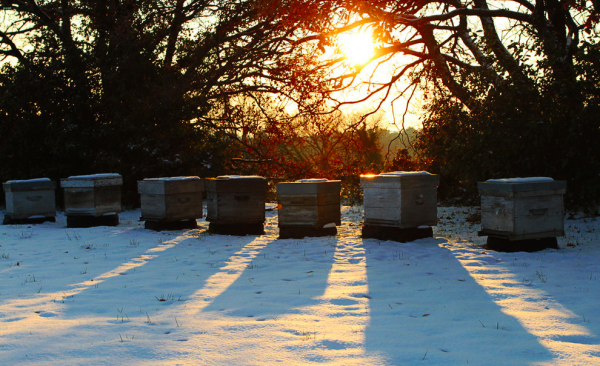Consider the exclamation mark. Medieval in origin, this blink of ink has a gift for controversy. A single point can signal a moment of joy or incredulity. Use two or more, though, and risk being dismissed as shrill or shouty, especially if you are a woman.
Feminist thinker and independent scholar Sara Ahmed has written 11 books, but her latest, Complaint! (2021), is the only one to employ an exclamation in its title. Yet to immerse oneself in her body of work – which includes several public lectures, seminars and workshops – is to feel an intensification of everyday experience. Her works are all attuned to affect, wilful subjects, and the phenomenology of trying to make yourself heard while living in a marked body: as an ‘unhappy queer’,’ a ‘melancholic migrant’, a woman and/or person of colour. As Ahmed wrote in What’s the Use? On the Uses of Use (2019), ‘Sometimes, I feel like I am an exclamation point, as if in being I am shrieking.’
In that book, a roving work of phenomenology, she examines ‘use as technique’ by closely examining a constellation of things, including an empty tube of toothpaste, a postbox, an arm and Jeremy Bentham’s desiccated body. She shows how utilitarianism was historically used to shape the subjectivities of those deemed least desirable and most disposable – the poor, the incarcerated, the orphaned and the unhoused.
What’s the Use? is the final book in a trilogy that began with The Promise of Happiness (2010), which looks at the regulatory uses of happiness, followed by Willful Subjects (2014), which valorises ‘wilfulness’ – a disposition towards disobedience, or to be ‘what gets in the way of what is on the way’ – as a way for feminists and minority groups to assert agency. In its own way, each of her books tracks, with forensic care and attention, the peristalsis of power: what feeds it, what impedes it, what lubricates its sinuous passage through the halls of institutions and everyday life. Bodies, for Ahmed, are a locus of feminist investigation. Having an ‘out of skin’ experience – being at odds with the world or with the promises that mark its horizon – can be the starting point for a revolutionary consciousness. It can help us recognise that the disciplinary walls of the institution or the ‘happy family’ conspire to individually pathologise people, rendering their subjectivity and citizenship conditional. It can turn us into ‘affect aliens’ or, to invoke the phrase for which she is probably most well-known, ‘feminist killjoys’.
In September and November of 2021, Ahmed and I exchanged emails about Complaint!, which looks at complaint as a ‘feminist pedagogy’, and which she completed during the coronavirus pandemic. The book opens a vein, drawing from numerous written and oral testimonies of beleaguered individuals in the university setting who complained to Ahmed about bullying, harassment and normative structures that prevent their flourishing. Many of the concerns in Complaint! are prefigured in earlier works, which similarly indicted universities for protecting sexual harassers. Her new book is no less urgent, offering a ‘weary hope’ to wilful readers, refusers and resisters.




